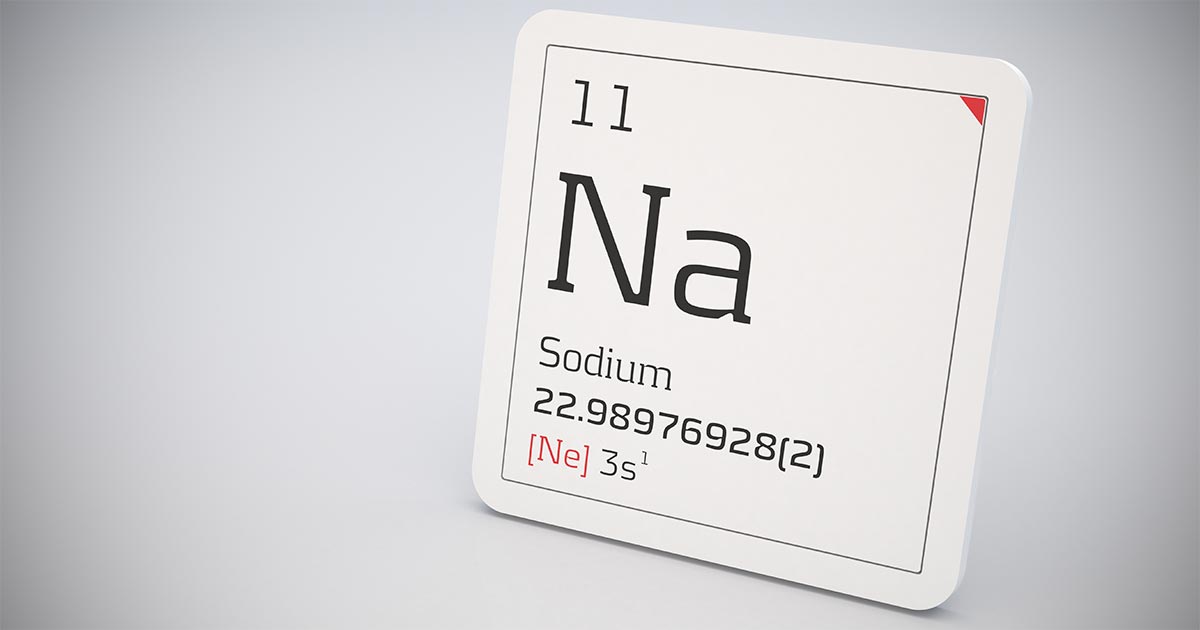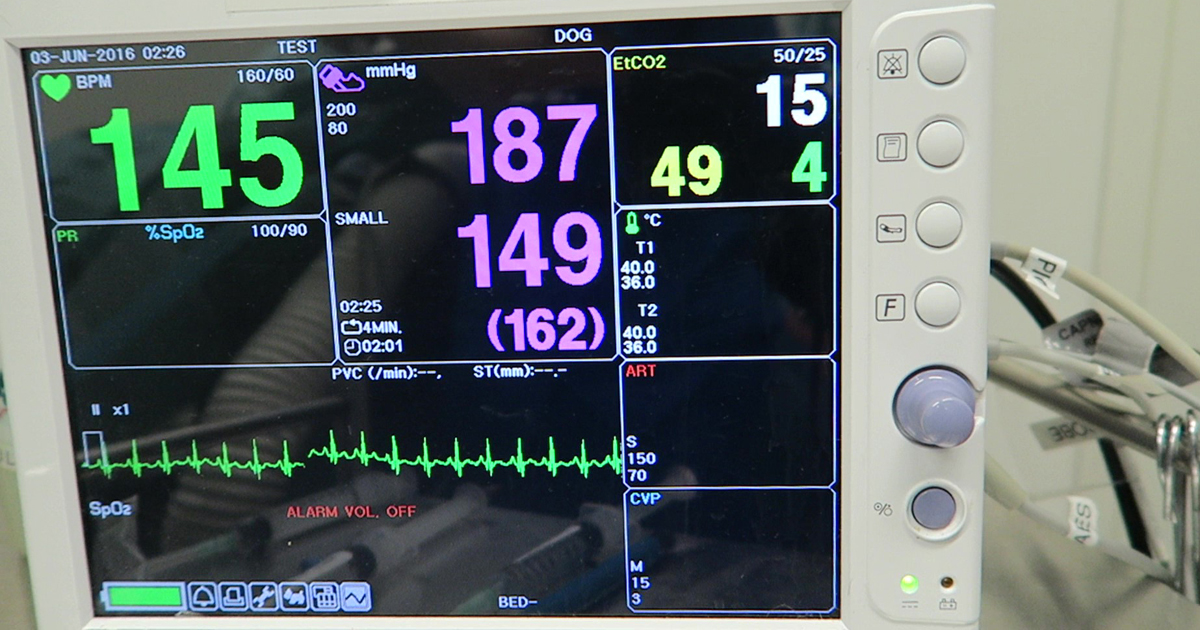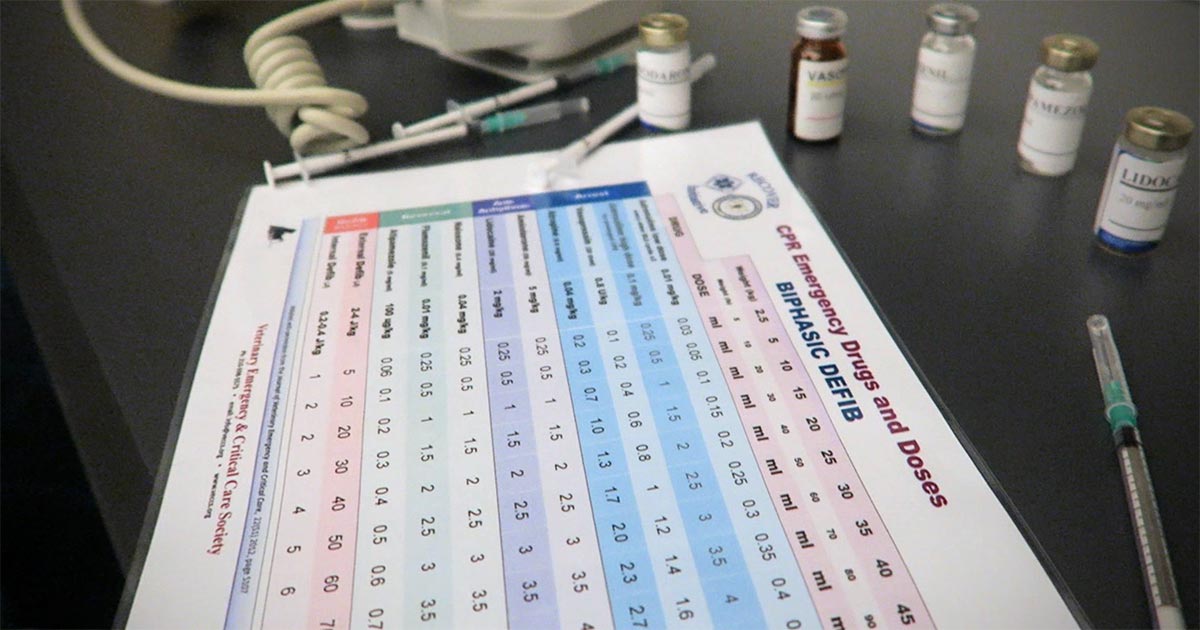Tag: Neurology
-

Head trauma, part 1: prognosis and management
—
by
Over the next few posts we are going to tackle head trauma, starting with some basic pathophysiology, determining a prognosis and then covering the principles of management. The injury sustained by the brain is divided into two types or phases: primary and secondary. Primary brain injury refers to the immediate injury sustained as a result…
-

Oh, CR*P! Using point-of-care C-reactive protein tests
—
by
Few companies now offer affordable point-of-care tests for canine C-reactive protein (CRP). As we did when we recently received our new box of CRP slides, you might soon be asking the question: what do we even do with this stuff? Here’s what we’ve learnt… CRP is one of the acute phase proteins produced by the…
-

Hyponatraemia, pt 2: causes
—
by
The causes of hyponatraemia can be divided into three major categories, based on serum osmolality. This is further divided based on the patient’s volume status (Table 1). Most patients we see in clinic fall into the hypovolaemic category, except patients with diabetes mellitus. Table 1. Causes of hyponatraemia based on osmolality and volume status (from…
-

Hyponatraemia, pt 1: clinical signs
—
by
Hyponatraemia is a relatively common electrolyte disturbance encountered in critically ill patients, and the most common sodium disturbance of small animals. In most cases, this is caused by an increased retention of free water, as opposed to the loss of sodium in excess of water. Low serum sodium concentration Hyponatraemia is defined as serum concentration…
-

Systemic hypertension, part 3: treatment, monitoring and prognosis
—
by
Systemic hypertension, part 1 Systemic hypertension, part 2: clinical signs and diagnosis The ultimate goal of managing systemic hypertension (SH) is to prevent target organ damage. Depending on the patient’s risk category – based on their systolic and diastolic pressures – it will determine whether acute, emergency interventions or chronic, long-term management will be required.…
-

Systemic hypertension, part 2: clinical signs and diagnosis
—
by
Systemic hypertension, part 1 Systemic hypertension (SH) alone is often asymptomatic until it is severe, making early detection difficult. For this reason, it is important to know the diseases, illnesses, and other causes that can contribute to SH and recognise their clinical signs. From there, through thorough diagnostic investigations, a diagnosis will, hopefully, result then…
-

Systemic hypertension, part 1
—
by
Blood pressure monitoring is a standard practice as part of human medicine physical examination. In veterinary medicine, however, this is often omitted due to patient compliance issues, as well as inaccuracy as a result of transient hypertension caused by stress and fear. Systemic hypertension ultimately results in target organ damage – brain, heart, kidneys and…
-

Cardiopulmonary resuscitation, pt 5: advanced life support
—
by
Advanced life support (ALS) can only be initiated once basic life support (BLS) has commenced. Where BLS refers to the initial stages of intubation, ventilation and chest compression, ALS is the advanced stage where vasopressors, positive inotropes, anticholinergics, correction of electrolyte disturbances, volume deficits, severe anaemia and defibrillation are performed. This is an important aspect…
-

A difference of opinion
I’m only a few short weeks into my final-year rotations at the University of Bristol’s Veterinary Referral Hospital, but I already feel like I’ve learned a lot: DOPs aren’t as scary as I’d built them up to be in my head. It does get easier to navigate your way around the hospital with time (and…
